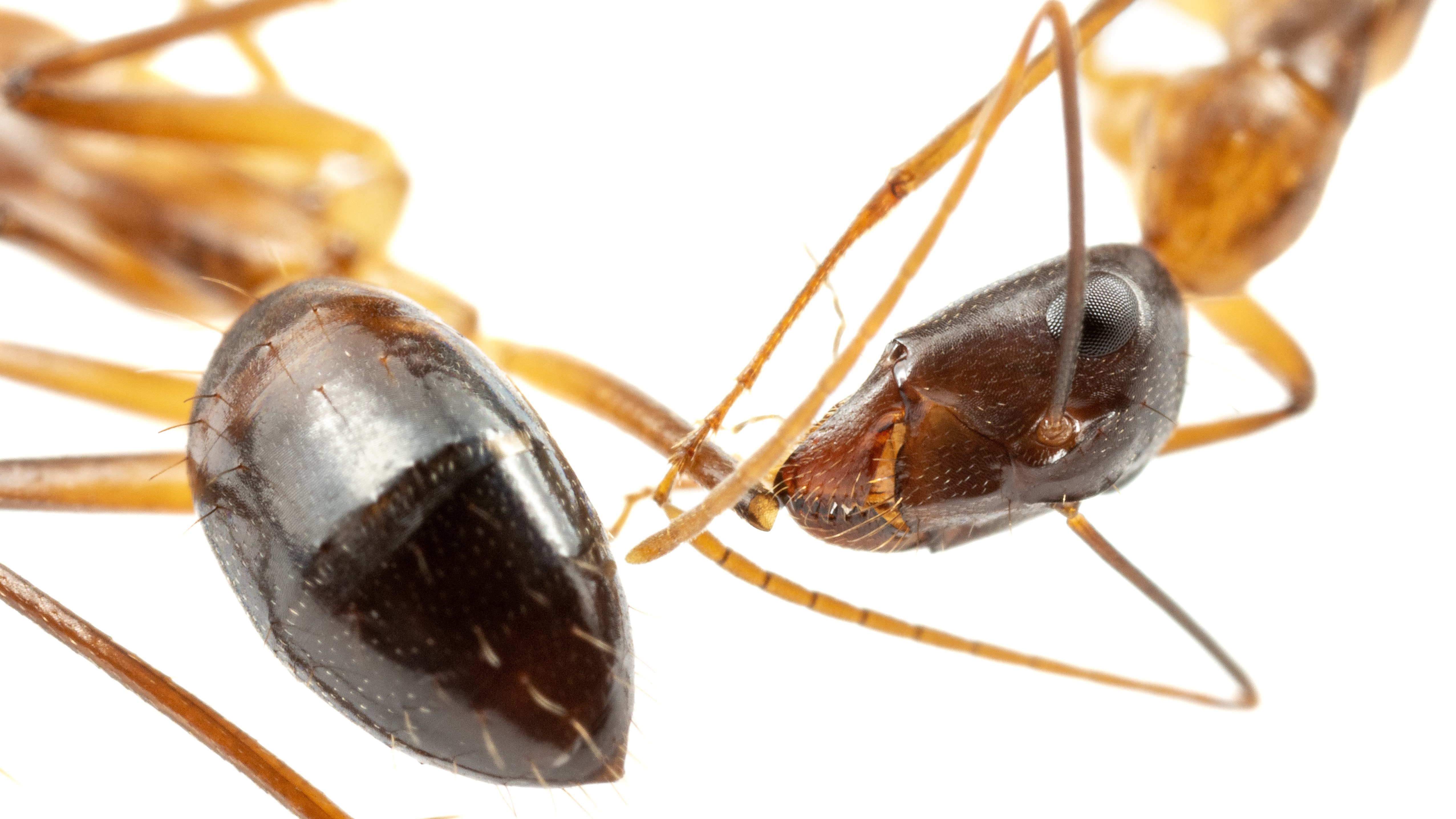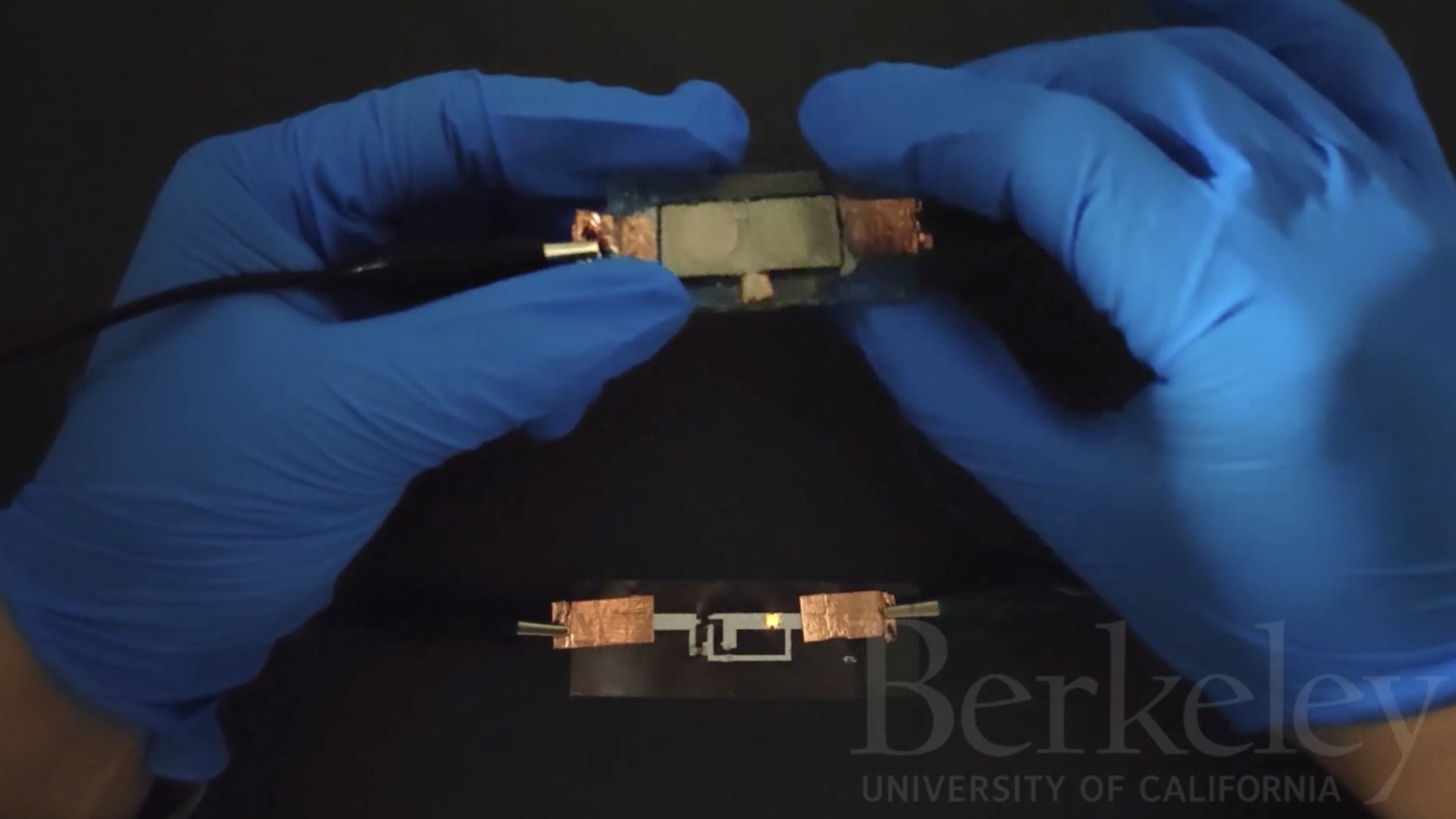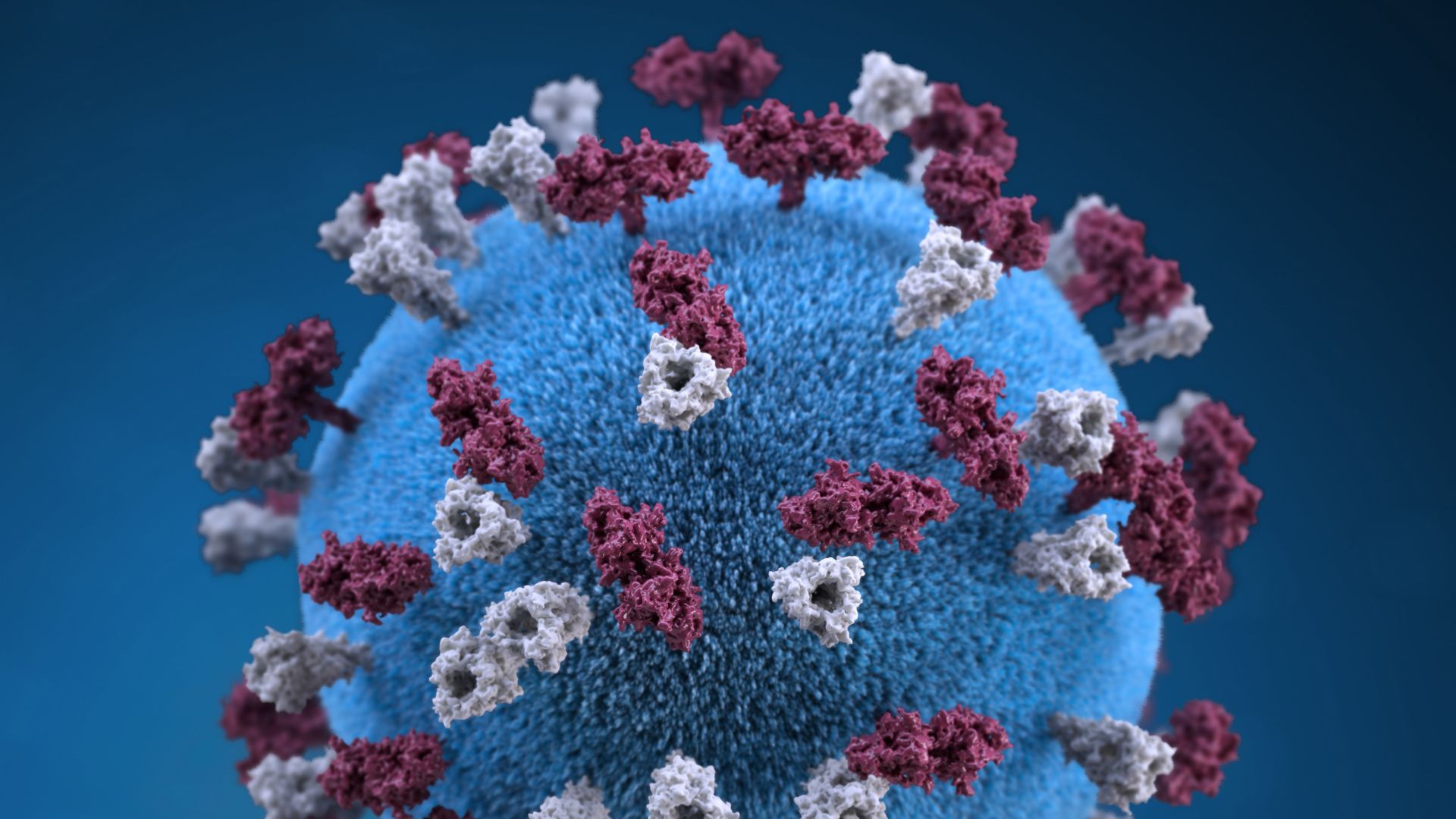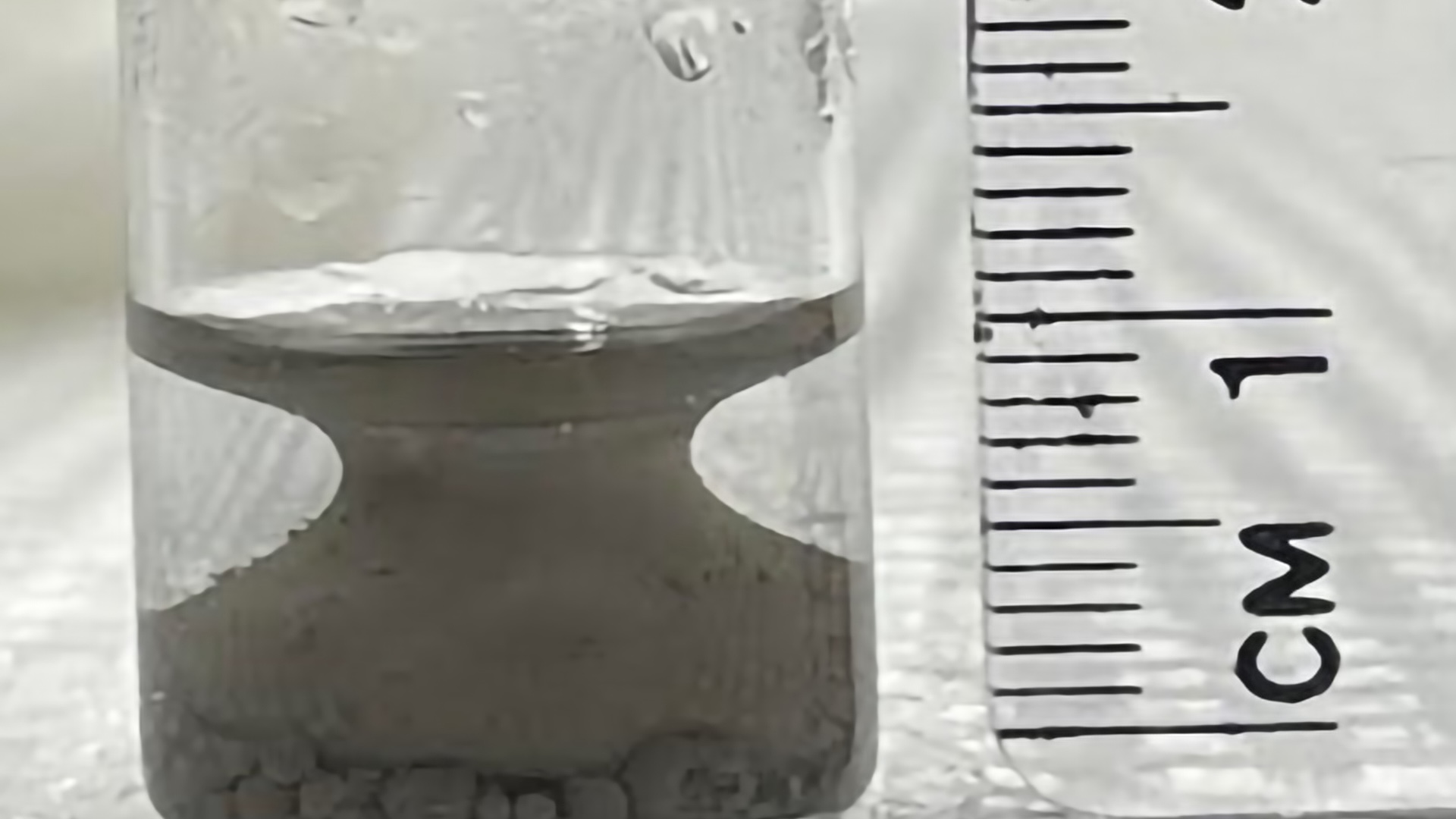Ants perform life saving operations — the only animal other than humans known to do so
Florida ants perform amputations and clean wounds to prevent the spread of infection, scientists discover.

Ants in Florida perform life-saving surgery on their peers, scientists have discovered. They are only the second animal in the world known to do this — along with humans.
The researchers found that Florida carpenter ants (Camponotus floridanus) identify limb wounds on their nestmates, then treat them with either cleaning or amputation.
The team published its findings Tuesday (July 2) in the journal Current Biology.
"When we're talking about amputation behavior, this is literally the only case in which a sophisticated and systematic amputation of an individual by another member of its species occurs in the animal kingdom," study first author Erik Frank, a behavioral ecologist at the University of Würzburg in Germany, said in a statement.
In 2023, Frank's team discovered that an African ant species, Megaponera analis, can treat infected wounds in their nestmates with an antimicrobial substance produced in their glands. Florida carpenter ants do not have any equivalent glands, so the team wanted to find out how this species handles wounds in members of the colony.
Specifically, the researchers looked at two types of leg wounds: lacerations on the femur (thigh) and those lower down on the tibia.
Related: 'Supergene' mutation turned ants into parasitic wannabe queens
Sign up for the Live Science daily newsletter now
Get the world’s most fascinating discoveries delivered straight to your inbox.
In experiments, they observed that the ants treated their nest members' femur injuries by cleaning the wound with their mouths before amputating the leg by repeatedly biting it, while the tibia wounds were treated with just cleaning.
The surgeries resulted in significant improvements in the survival of their ant patients. Survival rates for femur injuries improved from less than 40% to between 90 and 95% when amputations were performed, while survival rates for tibia injuries improved from 15% to 75% following cleaning.
The scientists suggest ants only amputate femur injuries, rather than all leg injuries, because of speed limitations.
An amputation takes ants at least 40 minutes to complete.
After studying micro-CT scans of the ants, the researchers speculated that the damage to blood-pumping muscles in the femur causes blood circulation to slow. This would mean that bacteria-laden blood would take longer to enter the body, allowing the ants enough time to amputate the limb.
Ant tibias, meanwhile, have relatively little muscle tissue, so infections can spread faster. This means amputation would take too long for the ants to stop the spread of harmful bacteria, so they instead focus on cleaning the wound.
"The ants are able to diagnose a wound, see if it's infected or sterile, and treat it accordingly over long periods of time by other individuals — the only medical system that can rival that would be the human one," Frank said.
The ants' ability to identify and treat wounds selectively is innate, the researchers said, and that they did not find evidence of learning.
The scientists are now extending their research to other ant species that don't possess special antimicrobial glands to see if other ants have the ability to perform surgeries.

Jacklin Kwan is a freelance journalist based in the United Kingdom who primarily covers science and technology stories. She graduated with a master's degree in physics from the University of Manchester, and received a Gold-Standard NCTJ diploma in Multimedia Journalism in 2021. Jacklin has written for Wired UK, Current Affairs and Science for the People.









